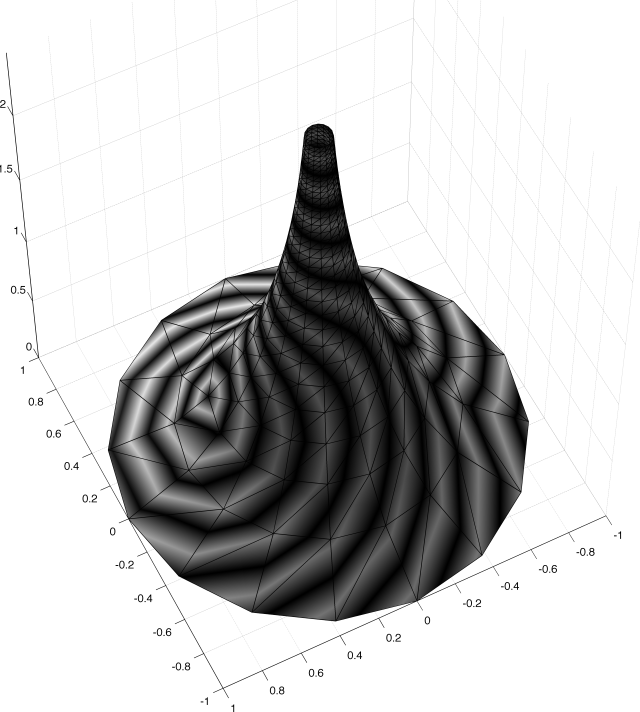
|
34. The development of a general image analysis software platform
Bo Nordin, Ewert Bengtsson
Funding: TN-faculty, UU
Period: 8807-
Abstract: In image analysis research it is important to have a good platform for interactive work with digital images. We have therefore for many years had a supporting "background" project in which we have been developing and maintaining a flexible platform for image analysis work to which new modules easily can be added. The first version of the system, IMP, created in the late 1980-ies, was based on a commericial collaboration project in which around 10 man-years were invested and it has been used extensively in our research and education over the years. Some years ago a new C++ based version, Pixy, was initiated. It has been used to some extent even though the full initially planned system has not yet been implemented. Today a rapidly increasing number of software platforms for image analysis are becoming available so our work on IMP and Pixy is becoming limited to giving support and making specific additions as needed.
35. Comparison of priority queue algorithms
Cris Luengo
Funding: S-faculty, SLU
Period: 0807-0808
Abstract: Many algorithms in image analysis require a priority queue, a data structure
that holds pointers to pixels in the image, and which allows efficiently finding
the pixel in the queue with the highest priority. Many assessments of priority queues
can be found in the literature, but mostly in the context of numerical simulation rather
than image analysis. Furthermore, due to the ever-changing characteristics of computing
hardware, performance evaluated empirically 10 years ago is no longer relevant. We did
an empirical evaluation on different computer systems, and found that the heap is in
general more efficient than any other algorithm. This finding contradicts conclusions
from the literature of the 1980's and 1990's.
We also proposed a simple modification of the hierarchical queue (or bucket queue) that
is more efficient than the implicit heap for extremely large queues.
36. Geodesic computations in sampled manifolds
Anders Brun
Funding: SLU
Period: 0806 -
Partners: Ola Nilsson, Dept. of Science and Technolog, Linköping University
Abstract: The estimation of geodesic distances in sampled manifolds and surfaces, such as geometric mesh models in 3-D visualization or abstract sampled manifolds in image analysis, poses a difficult and computationally demanding problem. Despite the many advances in discrete mathematics and distance transforms, and fast marching and numerical methods for the solution of PDEs, the solution of the eikonal equation
in a general manifold chart equipped with an arbitrary sampled metric known only in a discrete set of points has only recently beed adressed in 3-D and higher dimensions by researchers. In this project we focus on accurate computations of geodesic distances and related mappings, such as the log map, in 2-D and 3-D. Applications for such methods are found in computer graphics (e.g. camera movement, texture mapping, tensor field visualization) and basic image analysis (e.g. skeletonization, manifold learning, clustering). During 2008, one article has been submitted to SCIA (distance computation) and a manuscript has been prepared for submission (the log map on mesh models). See Fig. 17

|